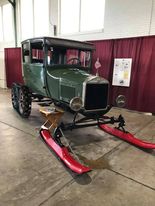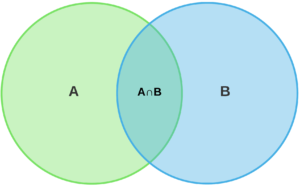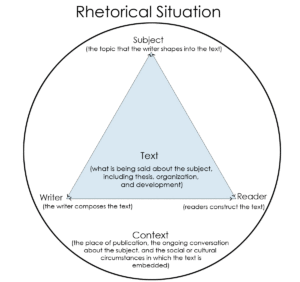In this week’s discussion, you’ll focus on identifying one or more usable models for your own writing, recognizing that we can learn from and build on how others present their ideas. Much like we’ve been working with the templates in TSIS, such models can provide us with jumping-off points that will allow us to develop our own thinking.
I’ve given you a few pieces to get you started. You’ll find a folder of sample texts from different genres in the Unit 3 folder of Assigned Readings on Blackboard. Look through these to take in some of the many possibilities for what research-based writing can look like, and then browse around the web for some more examples.
Locate a text that looks/works kind of like what you envision for your own project–something in that same genre (i.e. a magazine article, a memo from an HR department, a PowerPoint delivered to a professional audience, etc.). It doesn’t have to be on the same or even a related topic–you’re just looking for an example of a genre (or type of writing) that you’re going to be writing in.
For your post
Once you’ve located an example, please share it with us by linking it to your post, and then talk about what you think of this text as an example of that genre–what are some of the unique or distinctive features of this type of writing? how well does this particular sample work? what do you like about it? are there ways in which you think it is less than successful? what lessons will you take from this to use in crafting your own project? (Bear in mind that we can learn both lessons in the positive–I really like how they did this, and I’m going to try to do something similar–and lessons in the negative–I don’t think they did a good job with X, so I want to make sure to do better).
Your post should be >150 words and must include an embedded link to or a picture of the sample you’re discussing. Please categorize your post as “Discussions/Homework,” and tag it with “weekof8/16,” “genre,” “unit 3,” and [your name]. Posts are due by Wednesday.
Then, for your response work this week
Please read through 2 classmates’ drafts (which will be up by the end of the day on Thursday). In order to ensure that everybody gets feedback, please go to the list of posts on the blog dashboard. Click “All Posts,” find the post with your draft, and then read the 2 immediately below that. In your comments (>100 words each), please highlight what you think is working well, what you’d like more explanation of, any questions that you have about the content, and any suggestions you have about how best to reach the audience this person is targeting. Your feedback is due by the end of the day Sunday, 8/22 (note this is an extension from the original due date).






